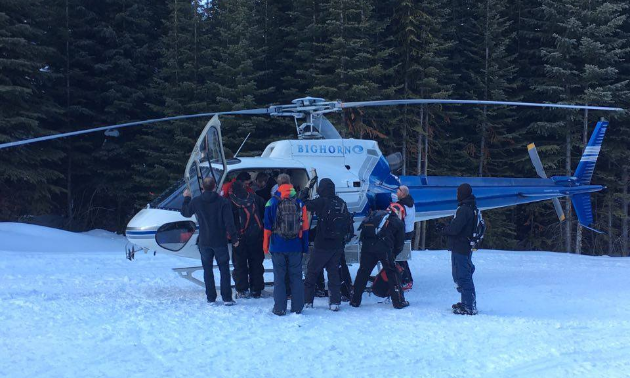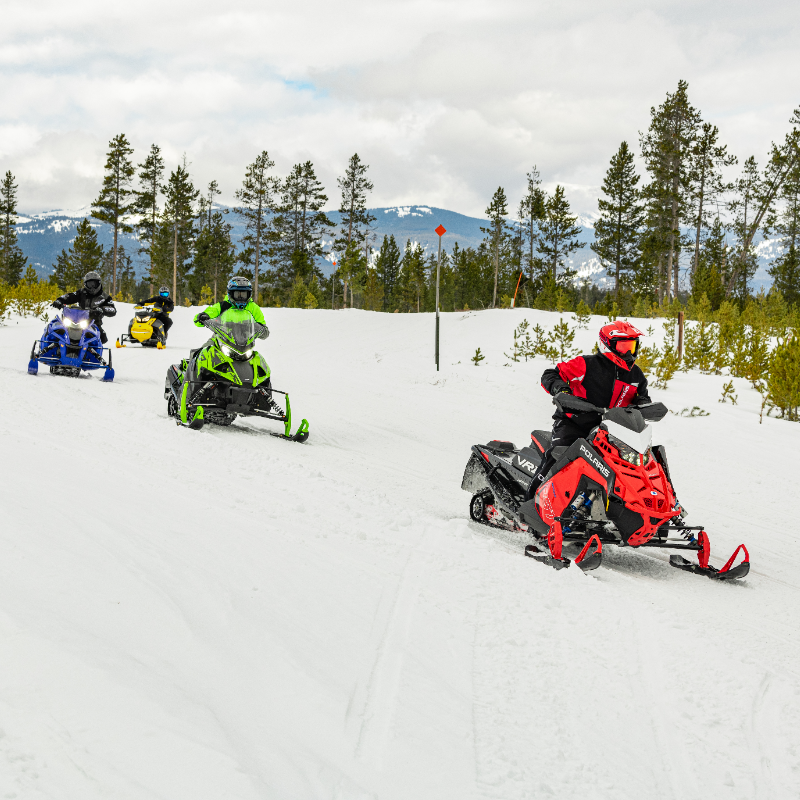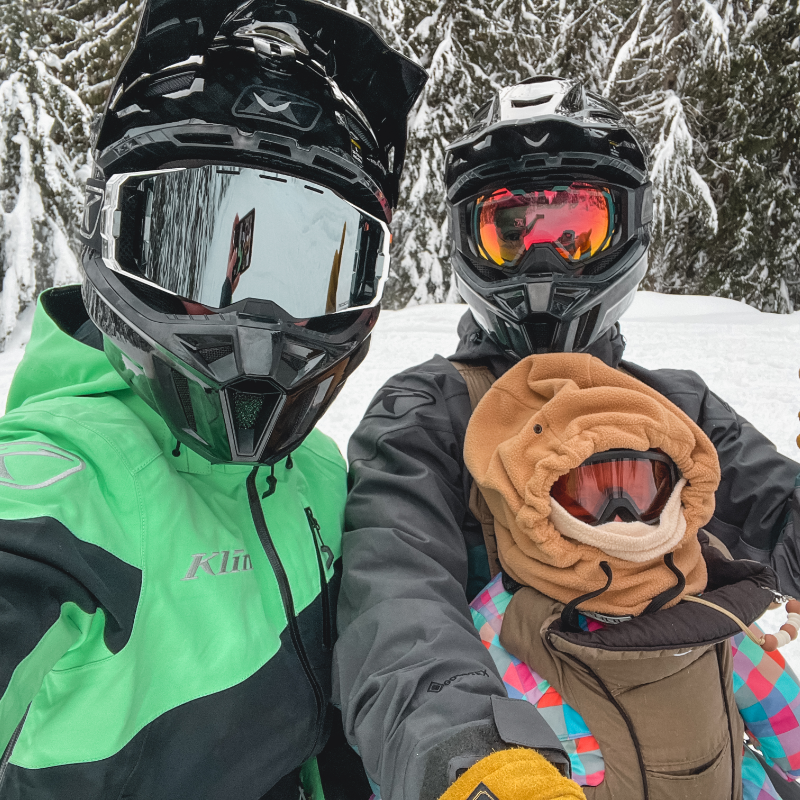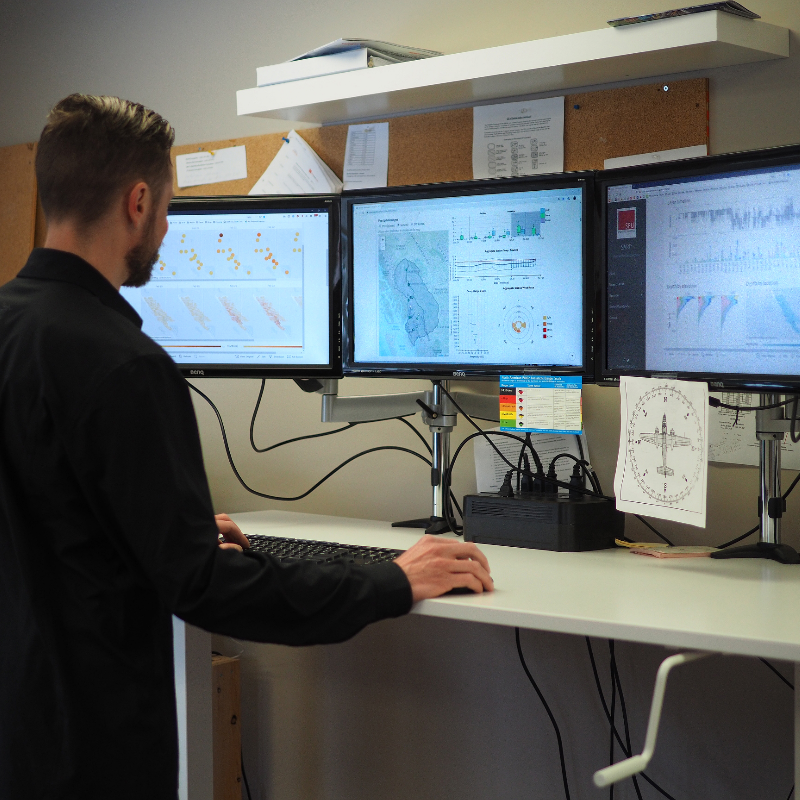How prepared are you for a snowmobiling disaster? What if one of your friends has a major wipeout on the mountain and can’t move. What do you do? What if YOU incur a serious injury? What gear are you carrying with you? Does anyone know where you are? Who’s going to help you?
You may have all the answers to these questions, and if so—congratulations! You’re super prepared for anything that comes your way while sledding—that’s great. Give yourself a pat on the back and tear up some snow. For the rest of us, we need to think and plan a little more so we’re not caught between a rock and a hard place—literally and figuratively.
Brad Baber is a diehard snowmobile enthusiast who got tangled up in a nasty wreck. He could have lost his life had he not been equipped with the necessary gear.
Baber has been backcountry sledding for 13 years without an accident, but that all changed on February 27th, 2016. The Airdrie, Alberta, man was sledding through Invermere, B.C. for the first time. He was exploring the new territory and ended up in a creek, unaware of the 4.5-metre drop on the other side. “Totally my fault,” said Baber. “Not knowing my surroundings put me in that situation.” When the front of the sled hit, he was trying to get off the sled but his left foot slid forward into the foot pocket. When it came to a stop, his body was flipped around, with his back on the hood. “Everything else had stayed behind me,” Baber said. “I broke the top of my femur, I dislocated my left leg and completely shattered my pelvis.”
Fortunately for Baber he had an InReach device with him. “I hit the InReach but you never really know if they (rescuers) are actually coming,” he said. “It was 2:30 p.m. so in an hour and a half it’s dark. Choppers aren’t going to land in the mountains when it’s dark.”
Unbeknownst to Baber at the time was that he had cut his femoral artery. He was slowly bleeding out. Time was a factor and decisions needed to be made as to how they should proceed.
Instruction came in the form of Barry Lightfoot, one of the presidents of the snowmobile club in Invermere. He was able to organize a group of about 15 people by telling them where to go and what needed to be done next. Since the area where Baber had his accident wasn’t clear for a helicopter to land, they needed to drive all the way to where his group’s vehicles were parked, a 27-kilometre trek. Baber’s mangled body was somehow able to drive so they made way for the vehicles. Along the way Baber went into shock and was covered with a survival blanket. The sun came out long enough for him to warm up and continue.
After a few kilometres of travel he heard a helicopter. The problem was, the pilot didn’t see Baber’s group and flew right over them. The helicopter was flying to the location where Baber had activated the InReach device. “I had a flare kit,” Baber said. “It saved me that day. I tore through my backpack and fired it in the air.” The chopper banked right away. He’d seen the flare. Baber was amidst trees going through the trail. There’s no way the pilot could’ve seen him. “The pilot hovered above me and was pointing at me. I gave him a thumbs up, like, ‘Yeah, it’s me.’ That’s when they packed me up.”
From Invermere, Baber flew to Foothills Medical Centre in Alberta and spent seven days there. He had to wait a couple of days for the swelling to come down, then endure surgery during which they reset his leg with eight pins and screws. He just started walking again in August and returned to work in October.
Reflecting on the whole experience, Baber has some lasting advice for surviving such an ordeal. “The reason I made it,” he said, “we had first aid kits, fire starters, blankets, flare kit, InReach—that was all part of it. Nobody panicked or freaked out. All the stuff I was packing in my bag, I always thought I’d be carrying it for somebody else, and it just so happened that I was the one that needed it.”
Not everyone prioritizes safety as much as Baber and his group, which is costing people lives and limbs. “People just don’t get it,” he said. “They’d rather spend their last $300 on a can for their sled. Safety is always the last upgrade for people, and it’s wrong.”







